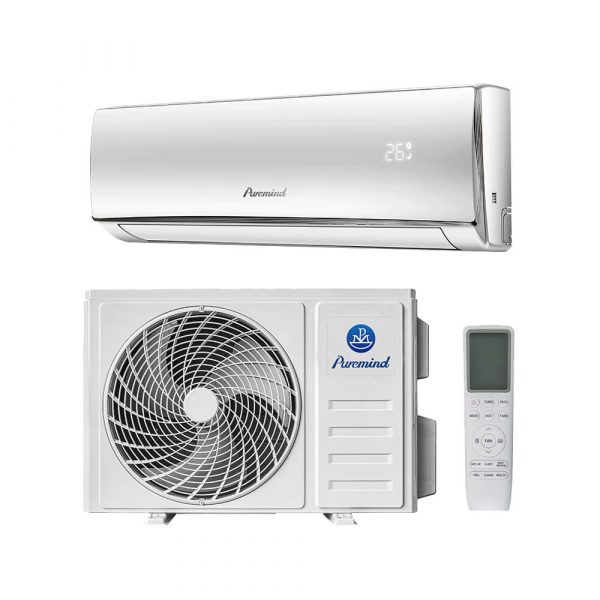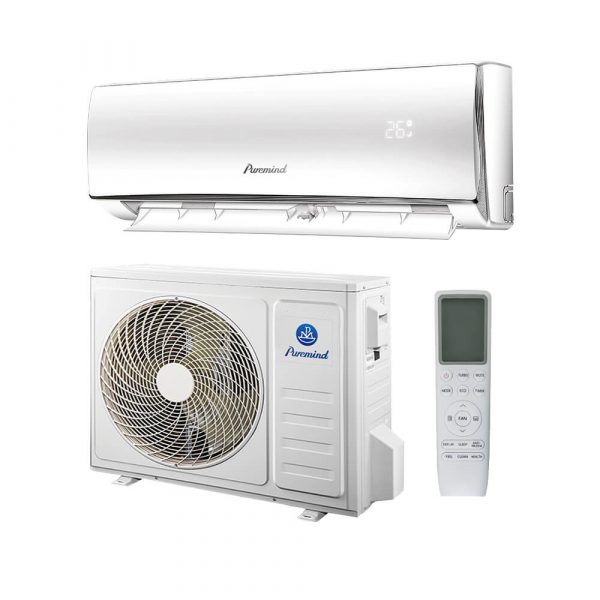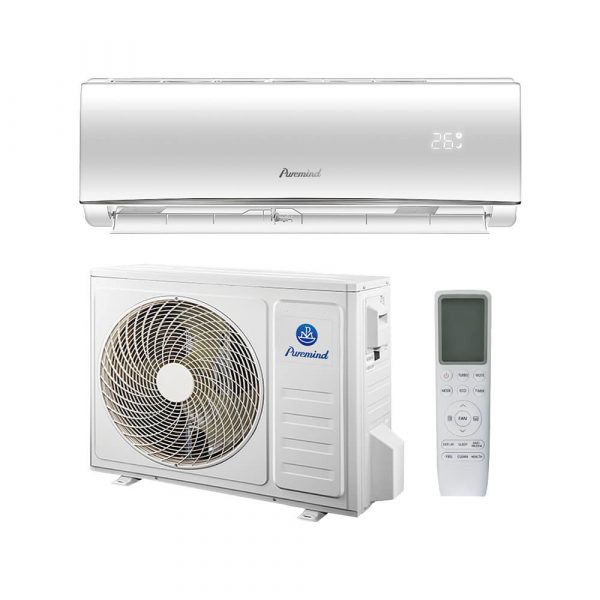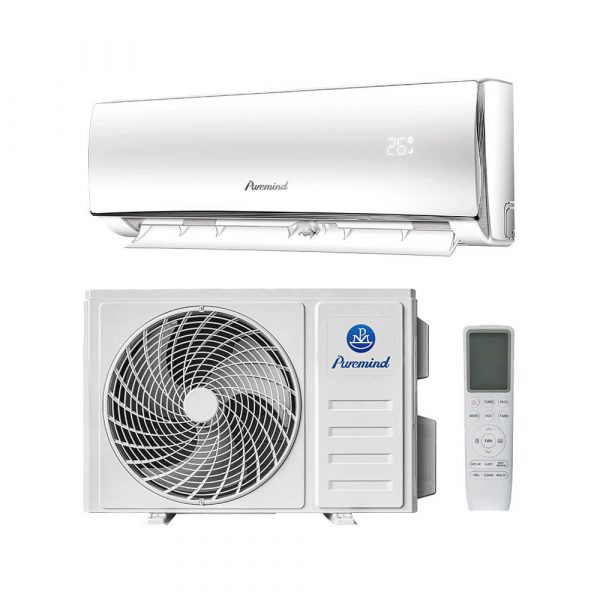Mini Split Air Conditioner Installation: A Complete Guide for HVAC Distributors
The rising demand for ductless systems has made the mini split air conditioner one of the most popular cooling solutions worldwide. For HVAC wholesalers, suppliers, and distributors, understanding mini split air conditioner installation is essential to support contractors, provide training, and increase sales. This comprehensive guide explains the installation process, benefits, challenges, and opportunities for HVAC businesses.
What Is a Mini Split Air Conditioner?
A mini split air conditioner is a ductless HVAC system consisting of an indoor air handler and an outdoor compressor unit. The two are connected by refrigerant pipes and electrical wiring. Unlike central AC systems, mini splits don’t require ductwork, making them easier to install and more energy-efficient. This design flexibility is one reason why mini split air conditioner installation has become increasingly popular in residential and commercial applications.
Why Focus on Mini Split Air Conditioner Installation?
Wholesalers and distributors often ask why installation knowledge matters. The answer is simple: contractors look to their suppliers for both products and technical guidance. By understanding mini split air conditioner installation, distributors can better support contractor networks, improve customer loyalty, and increase repeat sales.
Tools and Materials Required
Before beginning installation, contractors need essential tools and materials:
- Drill and hole saw for wall penetration
- Refrigerant piping and insulation
- Electrical wiring kits and circuit breakers
- Vacuum pump and manifold gauge set
- Mounting brackets and hardware
Step-by-Step Mini Split Air Conditioner Installation
The installation process typically involves the following steps:
- Choose Indoor Location: Select a wall with enough clearance for airflow.
- Mount Indoor Unit: Install the bracket and secure the air handler.
- Create Wall Opening: Drill a small hole for refrigerant pipes and wiring.
- Install Outdoor Unit: Place on a stable platform or concrete pad.
- Connect Refrigerant Lines: Run copper pipes through the wall opening.
- Electrical Connections: Link indoor and outdoor units with wiring.
- Vacuum and Charging: Use a vacuum pump to remove air, then charge refrigerant if needed.
- System Testing: Power on and test airflow, cooling, and controls.
Best Practices for Installation
To ensure a successful mini split air conditioner installation, contractors should:
- Follow manufacturer guidelines closely.
- Ensure refrigerant lines are properly insulated.
- Keep outdoor units clear of debris and obstructions.
- Use surge protectors to safeguard electrical components.
- Double-check wiring connections for safety compliance.
Common Mistakes to Avoid
Even experienced contractors can make mistakes during mini split air conditioner installation. Common issues include:
- Improperly sized refrigerant piping
- Incorrect electrical grounding
- Mounting indoor units at uneven angles
- Failing to perform a full vacuum before charging refrigerant
Mini Split Installation in Residential vs. Commercial Settings
Residential mini split installations are typically simpler, involving one or two indoor units. Commercial projects may include multi-zone systems requiring more complex planning. For wholesalers, understanding both markets ensures they can advise contractors effectively and stock appropriate models.
Why Distributors Should Care About Installation Knowledge
For wholesalers and distributors, offering installation training is a value-added service that builds contractor loyalty. Many suppliers now provide installation guides, videos, and workshops. For example, Puremind split air conditioners are supported by technical resources that help contractors complete installations successfully.
Industry Insights on Mini Split Growth
According to Contracting Business, ductless mini splits are experiencing double-digit growth in the U.S. market. Installation services are becoming a major revenue stream for contractors, creating more demand for distributors to stock parts, accessories, and training resources.
Challenges in Mini Split Air Conditioner Installation
Despite their popularity, mini splits present challenges for contractors and distributors:
- Technical Training: Advanced inverter technology requires specialized skills.
- Inventory Variety: Stocking multiple models can be complex for distributors.
- Customer Education: End-users often need guidance on system operation.
- Cost Sensitivity: Higher upfront costs may discourage some buyers.
Strategies for Wholesalers to Support Contractors
Wholesalers can play a crucial role in supporting successful installations by:
- Providing installation kits and accessories alongside units.
- Offering financing options for contractors and end-users.
- Creating online resources such as installation manuals and videos.
- Hosting training sessions to certify contractors in mini split installation.
Future Trends in Mini Split Installation
The mini split segment is evolving quickly. Future trends include:
- Smart System Integration: App-based setup and monitoring for easier installation.
- Eco-Friendly Refrigerants: Transition to low-GWP refrigerants like R-32.
- Pre-Charged Lines: Simplifying installation for contractors with less experience.
- Hybrid Systems: Integration with renewable energy sources.
Case Study: Distributor Success with Installation Support
A wholesaler in California began offering free installation workshops for contractors purchasing mini splits. Within one year, sales grew 30%, as contractors appreciated the training and support. This proves that focusing on mini split air conditioner installation knowledge benefits both distributors and their partners.
Conclusion
For HVAC wholesalers, suppliers, and distributors, understanding mini split air conditioner installation is more than technical knowledge—it’s a strategy for business growth. By supporting contractors with training, stocking accessories, and promoting efficient systems, distributors can build stronger relationships and boost long-term sales. As demand for ductless systems continues to rise, wholesalers who prioritize installation expertise will secure a competitive edge in the HVAC market.







